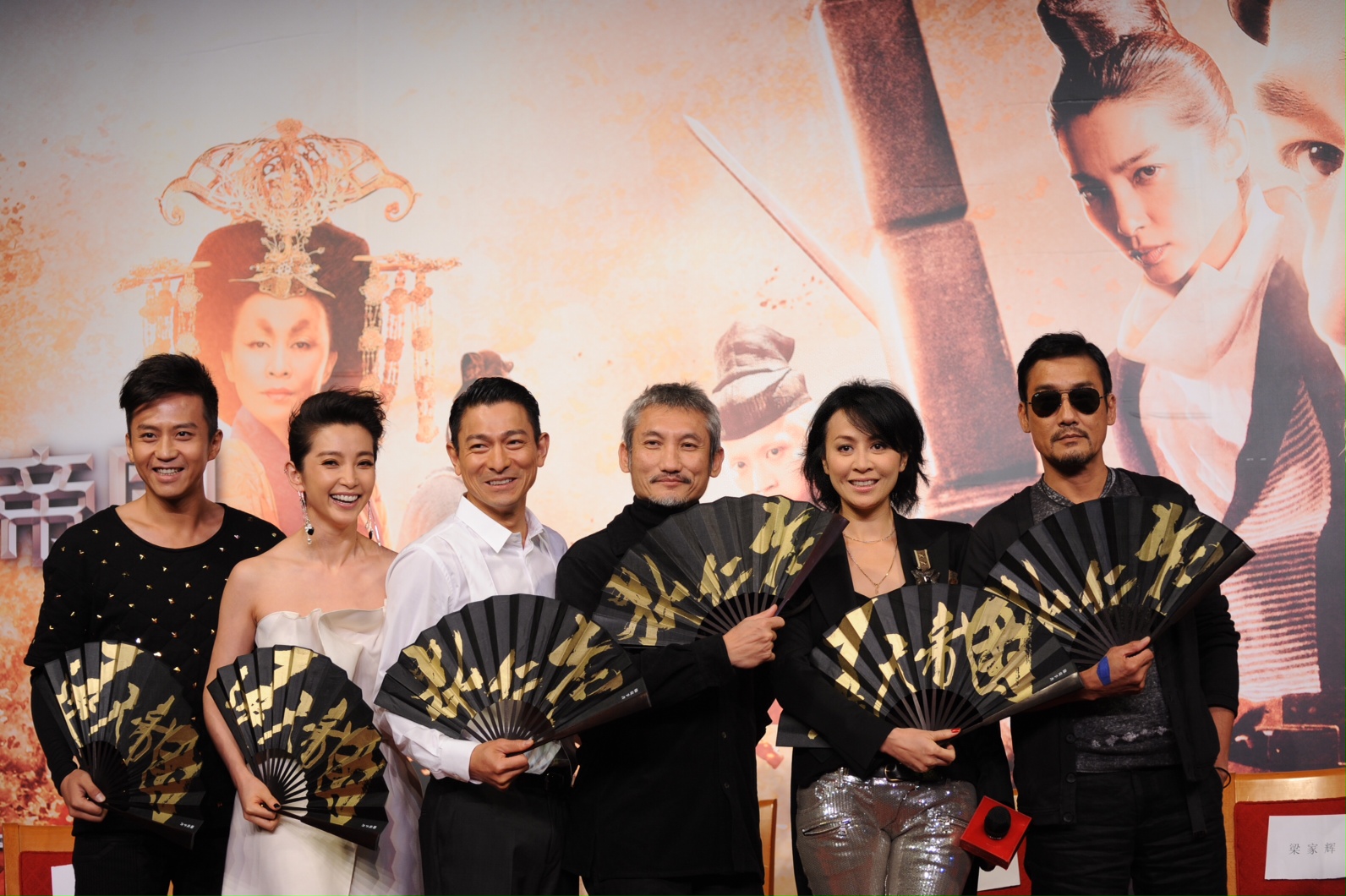Judge Dee Novels Bring Tang Dynasty to Life
Judge Dee (狄仁杰 dí rén jié) is to the Chinese what Sherlock Holmes is to the Western world: a brilliant detective who catches criminals through the power of deductive reasoning and analysis. Unlike Sir Arthur Conan Doyle’s creation, however, Judge Dee was a real historical figure, a magistrate from the Tang Dynasty (唐朝618 – 907), from whom the legendary fictional figure has grown. The 2010 award-winning film Detective Dee and the Mystery of the Phantom Flame (《狄仁杰之通天帝国》dí rén jié zhī tong tiān dì guó) illustrates the continuing popularity of the character. In fact, many Dutch readers of detective stories have been familiar with Judge Dee for quite some time.
The reason for this familiarity is Robert Hans van Gulik (高罗佩 gāo luó pèi, 1910 – 1967), a Dutch diplomat and sinologist. In the course of his life, Van Gulik not only translated into English an eighteenth century volume describing cases solved by Judge Dee, called Celebrated Cases of Judge Dee (《狄公案》Dí Goōng Àn), he went on to write sixteen more original stories in English featuring the great Chinese detective. These novels have been translated into multiple languages.
After their translation into Dutch, the Judge Dee novels gained a respectable Dutch readership and many people became familiar with Tang dynasty legislature, politics and everyday life through these works. For in writing them, Van Gulik did more than just provide interesting mysteries. His novels reflect the individual himself: a learned man, a scholar and lifelong admirer of Chinese culture. Through his protagonist judge Dee, Van Gulik shows the ideal Confucian statesman: ascetic, selfless, and concerned with the execution of justice regardless of the victims’ or perpetrators’ standing.
The majority of Van Gulik’s novels describe Judge Dee at one of his posts as a district magistrate. The district magistrate was the lowest in the hierarchy of state officials, and served as both police officer and judge for crimes in his district, but also dealt with all administrative duties including tax-gathering. Van Gulik’s novels faithfully describe this situation, so that his protagonist generally has to solve multiple cases at the same time as well as perform other duties.
Furthermore, in his novels Van Gulik often introduces interesting topics from the Tang era, such as Taoism (道教 dào jiào) in Necklace and Calabash, relationships with Korea in The Chinese Gold Murders, barbarians at the borders in The Chinese Maze Murders, the growing influence of Buddhism (佛教 fó jiào) in The Chinese Bell Murders, and secret sects in The Chinese Lake Murders. Judge Dee’s reactions to these situations show us the attitude of the established order towards such issues.
Through Van Gulik’s novels, the reader gets a remarkable insight into ordinary life during the Tang Dynasty: highly civilised, yet very different from modern Western culture. In addition, the stories are engaging, to-the-point and well written. Judge Dee is not the most complex of characters, being the perfect gentleman with only a few minor flaws, but he reflects an ideal that Van Gulik himself must have held in high regard: being a good and honest man.
Robert van Gulik was born in Zutphen, the Netherlands, but spent most of his childhood in Dutch East India (now Indonesia). It was here where he first encountered the Chinese language, growing up near the Chinese neighbourhood in Batavia (now Jakarta). This would signal a lifelong interest in China; he studied Oriental languages at the University of Leiden, then went into the diplomatic service. He wrote his first Judge Dee novel during his posting in Japan in 1950, and kept writing until his early death in 1967.
By Gineke ten Holt

 Share on Facebook
Share on Facebook Share on Twitter
Share on Twitter Share on LinkedIn
Share on LinkedIn